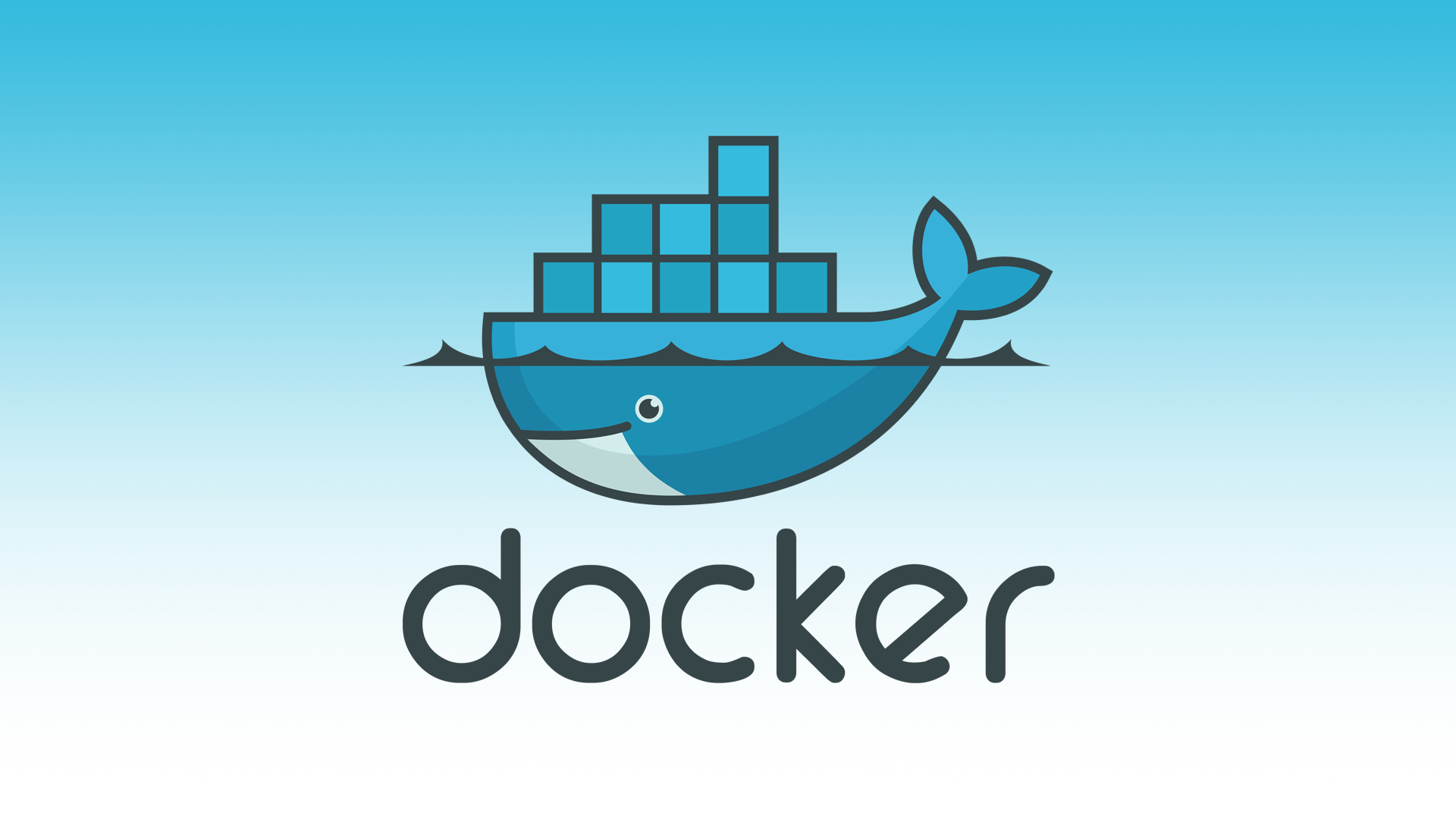The below docker commands should give you a basic understanding of how docker works. This is obviously not a comprehensive lesson, but should give you enough information to take off on your own.
Install
https://docs.docker.com/get-docker
Create docker hub account
Login to docker hub
docker loginSearch for images
docker search ubuntuRun a basic container
Run in detached mode on internal port 80, external port 5001 using the httpd:2.4 image on docker hub, and name the container itsmetommy-httpd.
docker run -d --name itsmetommy-httpd -p 5001:80 httpd:2.4- -name <container_name>
- -d detached mode
- -p <external_port>:<internal_port>
- <image_name>:<version> (e.g. httpd:2.4)
View your URL
View your images
docker imagesView running docker containers
docker psView running and stopped docker containers
docker ps -aRun in interactive and tty mode
docker run -it --name itsmetommy-ubuntu ubuntuExit the container.
exit- -it instructs Docker to allocate a pseudo-TTY connected to the container’s stdin; creating an interactive bash shell in the container
- exit out of the container
View your running docker containers
docker psView your running and stopped docker containers
Notice that itsmetommy-ubuntu is stopped. This is due to you not running in detached mode.
docker ps -aStart the container.
docker start itsmetommy-ubuntuView your running docker containers
Notice that the container is now running.
docker psLets connect to itsmetommy/ubuntu
docker attach itsmetommy-ubuntu- If you type ‘exit’ you will stop the container
- Pressing CTRL P + Q will exit and keep the container running
CTRL P + QYou can see that itsmetommy-ubuntu is still running.
docker psStop the docker containers
docker stop itsmetommy-httpd; docker stop itsmetommy-ubuntuView your running and stopped docker containers
docker ps -aRemove the docker containers
docker rm itsmetommy-httpd; docker rm itsmetommy-ubuntuClean up images
docker image rm httpd:2.4; docker image rm ubuntuCreate a project directory
mkdir learn-docker;cd learn-dockerCreate a public-html directory with index.html
mkdir public-html; echo "Hello World" > public-html/index.htmlCreate a Dockerfile
What if we want to record our changes and build our own image? Dockerfiles to the rescue!
This will download the httpd image from docker hub and copy the contents from public-html into /usr/local/apache2/htdocs within the httpd container.
vi Dockerfile
FROM httpd:2.4
COPY ./public-html/ /usr/local/apache2/htdocs/
EXPOSE 80Build
This will build a new image called itsmetommy/learn-docker based on the Dockerfile.
docker build -t itsmetommy/learn-docker .- -t tag
Push
Create a repository on docker hub called learn-docker.
Now push your new image to your docker hub repository.
Important: Substitute itsmetommy with your docker hub name.
docker push itsmetommy/learn-dockerhttps://hub.docker.com/u/itsmetommy/
Volumes
Volumes give a running container the ability to see files on the host machines file system. They DO NOT change the image.
If you ever wanted to make any changes to lets say index.html, it would be a pain to have to re-build the image every time you test a change. This is where mounting your local volume within the container comes into play.
Lets run the container again except with a volume mount.
Note: You must put the full path (not relative).
docker run -d -p 5001:80 -v /Users/$USER/learn-docker/public-html:/usr/local/apache2/htdocs/ --name itsmetommy-learn-docker itsmetommy/learn-dockerIMPORTANT: If you update any files, you will need to re-build the image to get an updated copy of the image.
Test
Now update your local index.html file.
echo "Hello Tommy" > public-html/index.htmlhttp://localhost:5001 # refresh browser
Awesome right? 🙂
Clean up: Stop/remove/delete the container
docker stop itsmetommy-learn-docker; docker rm itsmetommy-learn-docker; docker rmi itsmetommy/learn-dockerDoing a bunch of docker run commands can be a huge pain.
That’s where docker-compose saves the day.
Docker-compose: Create a learn-docker-compose folder and cd into it
Change back a directory.
cd ..mkdir learn-docker-compose; cd learn-docker-composeDocker-compose: Create the httpd and nginx folders and files
mkdir -p httpd/public-html nginx/public-html; echo "Hello HTTPD" > httpd/public-html/index.html; echo "Hello NGINX" > nginx/public-html/index.htmlDocker-compose: Create docker-compose.yml
vi docker-compose.yml
services:
apache2:
build: ./httpd
image: httpd
volumes:
- ./httpd/public-html:/usr/local/apache2/htdocs
ports:
- 5001:80
container_name: itsmetommy-httpd
nginx:
build: ./nginx
image: nginx
volumes:
- ./nginx/public-html:/usr/share/nginx/html
ports:
- 5002:80
container_name: itsmetommy-nginxDocker-compose: Run docker-compose up
docker-compose up -d- -d detached mode
Docker-compose: View your sites
http://localhost:5001
http://localhost:5002
Docker-compose: Update index.html and refresh browsers
Update the httpd and nginx index.html file.
echo "Hello HTTPD 2.0" > httpd/public-html/index.html
echo "Hello NGINX 2.0" > nginx/public-html/index.htmlhttp://localhost:5001 # refresh
http://localhost:5002 # refresh
Docker-compose: List containers
docker-compose psDocker-compose: Run docker-compose stop
This stops the containers.
docker-compose stopDocker-compose: Run docker-compose kill
If the containers won’t stop, you can issue a kill.
docker-compose killDocker-compose: Finally, remove the containers
docker-compose rm
